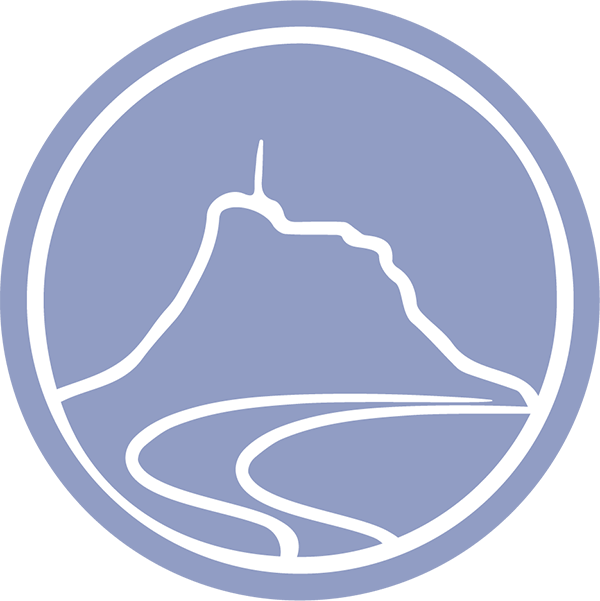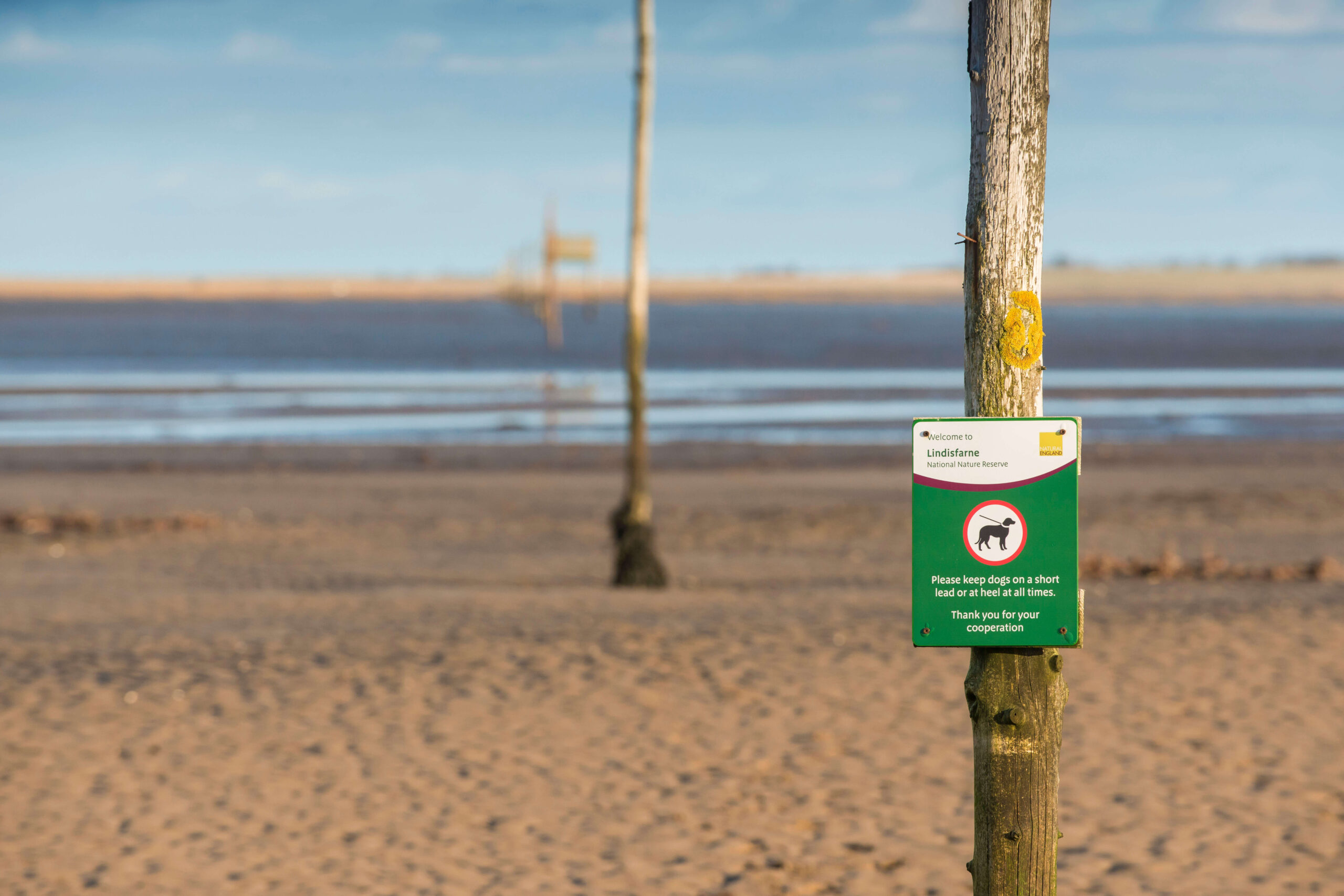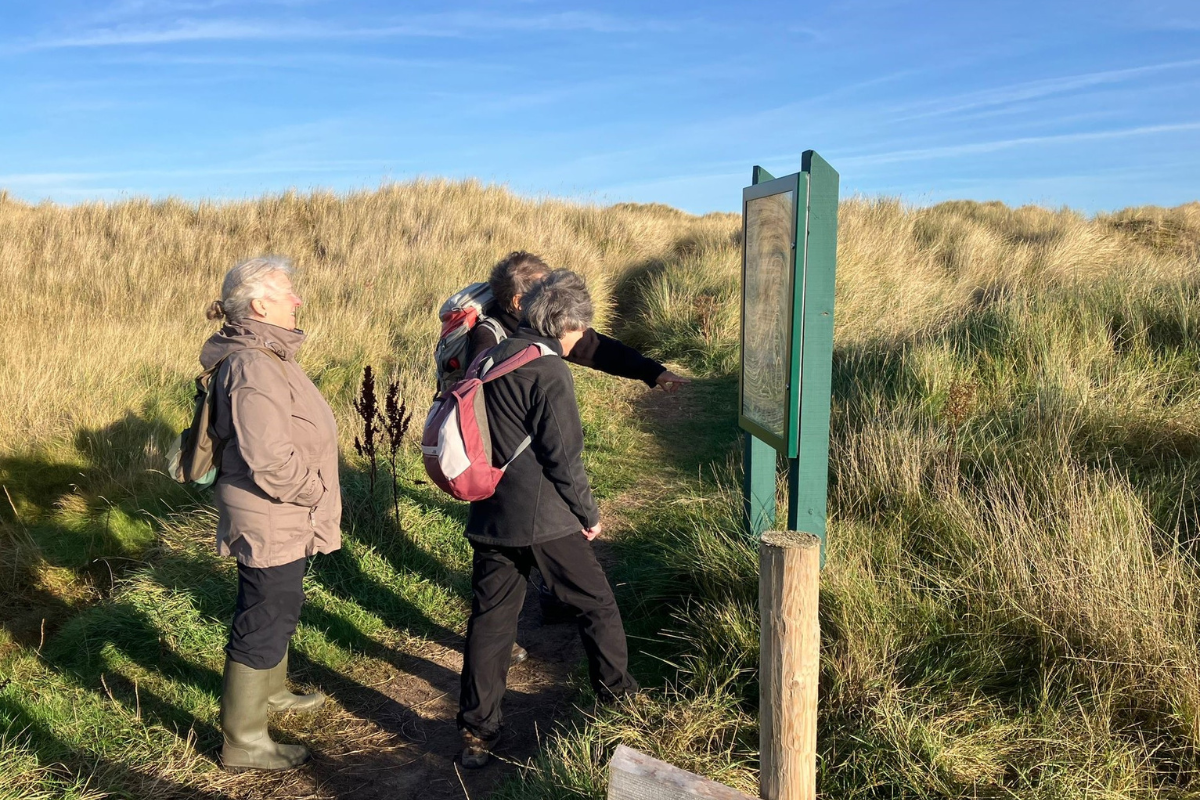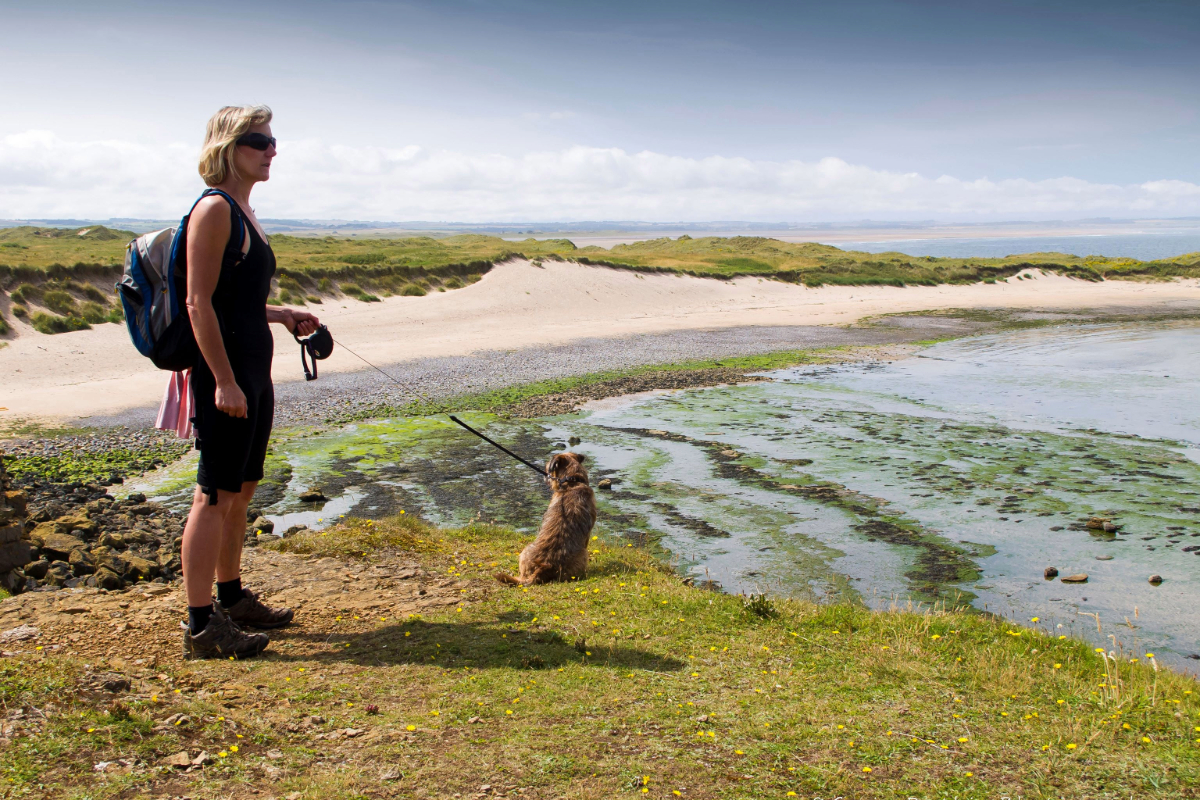Much of Lindisfarne National Nature Reserve is in the inter-tidal zone supporting a variety of habitats including extensive inter-tidal sand and mud flats, rock pools, salt marsh, sand dunes, cliffs, freshwater lough, areas of shingle and inter-tidal rock exposures. As such it supports locally, nationally and internationally important populations of birds, plants and invertebrates.
Much of the Reserve lies at sea level, but the sand dunes attain heights of 25 metres. The underlying geology consists of limestones, shales, sandstones and coal seams of Carboniferous age, but much of the solid geology is overlain with superficial deposits including sand, boulder clay and alluvium. An igneous dyke occurs on the southern coast of Holy Island.
The Reserve can be enjoyed all year round. Winter is the best time to see visiting waterfowl, between their arrival in autumn and departure in spring. Autumn and spring are the best times for spotting rare birds on migration. The stunning flowers, butterflies and other insects are best enjoyed in spring and summer.
Brought ashore by water and wind, the sand of the dunes is gradually stabilised by marram grass. Once stable, dunes support many other plants. In the dune slacks (the damper low-lying areas within the dunes) several nationally important plants exist including up to 11 species of orchid. Among them is the Lindisfarne helleborine, which is found only on Holy Island. This abundance of flowering plants provides a valuable food source for moths, butterflies such as dark green fritillary and ringlet, and other insects.
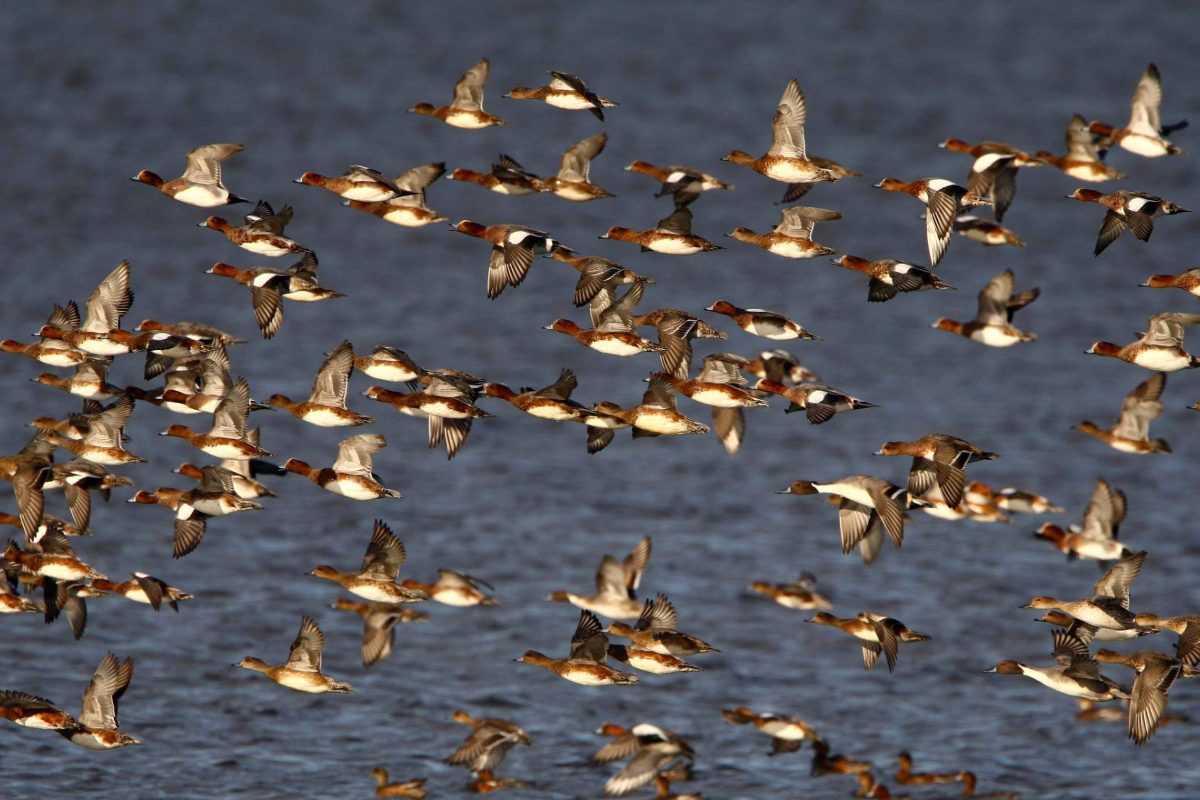
In autumn and winter the mudflats host huge flocks of wintering waterfowl, which arrive from the Arctic to feed on the extremely rich supply of marine creatures and vegetation living in and on the mud. You can’t see these creatures, but you can see the tiny casts they leave behind all over the mudflats. A variety of wading birds, ducks and geese over-winter on the Reserve. Among these are the rare light-bellied brent geese, which breed in Svalbard (also known as Spitsbergen), the most northerly inhabited island within the Arctic Circle. They start to arrive in substantial numbers in September; the Reserve is the largest wintering site in Britain and holds approximately half of the world population. Other internationally important wintering waterfowl found here include pink-footed geese, wigeon, grey plover and bar-tailed godwits. Reserve staff and volunteers play an important role in conserving the precious habitats that attract them.
For a guide to the wildlife you can spot, click here
